What if I told you the ancient Egyptians, 4,600 years ago, may have left a cosmic code hidden in plain sight—one that modern science only just cracked? The truth is far stranger than you think.
4: Not a Tomb, But a Celestial Launchpad—The Soul's Cosmic Gateway
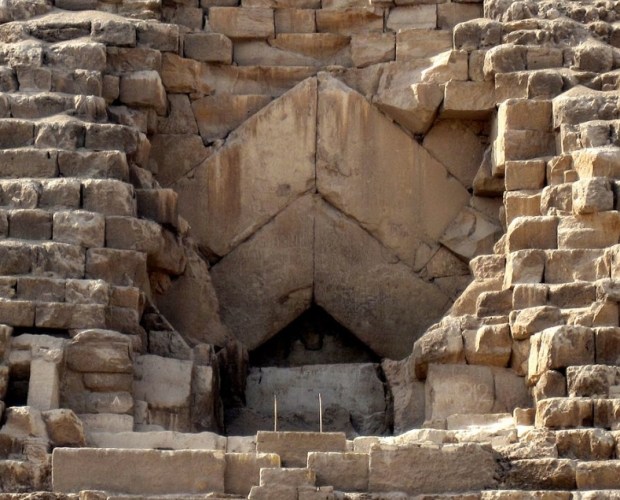
While officially labeled as Pharaoh Khufu's tomb, the King's Chamber held no mummy, no treasure—just an empty sarcophagus. This has fueled a radical theory: the pyramid wasn't meant for the body, but for the soul.
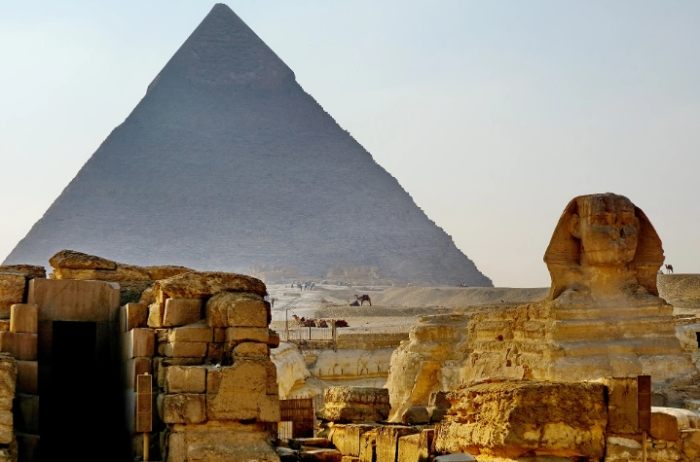
Intricate shafts align precisely with stars like Sirius and Orion's Belt—constellations linked to Egyptian gods of rebirth. A recovered worker's diary even states: "We built not for death, but for eternal return. The stones are a bridge to the stars."
Was the pyramid a massive energy conductor or a stargate designed to project the pharaoh's spirit into the heavens? Emerging research suggests the structure resonates at frequencies that interact with Earth's magnetic field—hinting it may be more machine than mausoleum.
3: The Concrete Secret—How 2.3 Million "Stones" Were Actually Cast, Not Carved
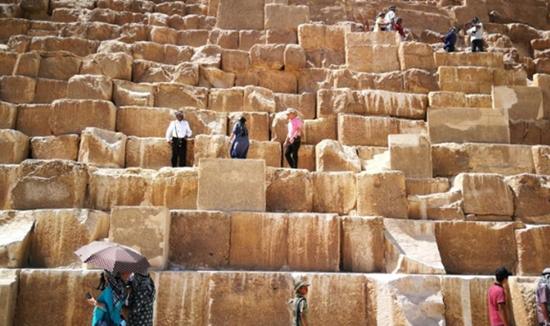
For centuries, we pictured slaves hauling 15-ton blocks across the desert. But a papyrus logbook—uncovered near the Red Sea and attributed to a senior official named Merer—blew that myth apart.
It describes in detail how workers mined limestone sediment, mixed it with binding agents like kaolin clay and Nile salt, then poured the slurry into wooden molds. Once dried under the blazing sun, these "synthetic stones" hardened to mimic natural rock—strong, seamless, and perfectly uniform.
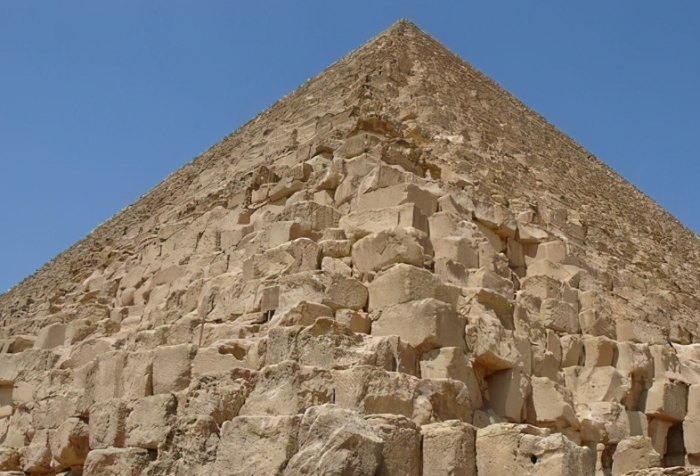
This ancient geopolymer technology not only explains how massive blocks were "quarried" onsite, but why they fit together with sub-millimeter precision—something nearly impossible with carved stone.
And that's just the beginning. What comes next challenges everything we think we know about ancient science.
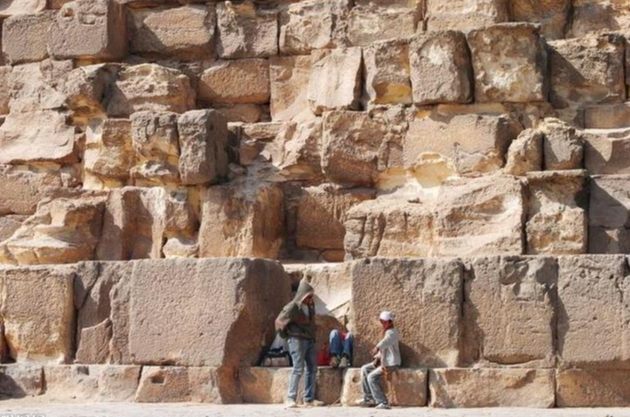
2: The Impossible Alignment—Pinpointing True North with Sticks and Shadows
Some call it the world's oldest and most accurate compass. The Great Pyramid is aligned to true north with an error of just 0.057 degrees—a precision level modern architects would struggle to achieve without satellites.
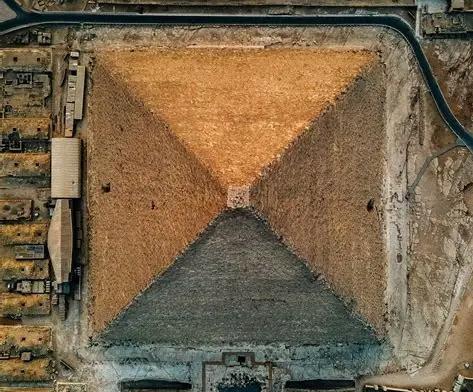
So how did they pull it off? Egyptologists suggest the Egyptians used a "circle and pole" method, tracking the shadow of a vertical rod over a full day. But that alone couldn't deliver such staggering accuracy.
Even more baffling: 4,600 years ago, the North Star was Thuban, not Polaris. To align the pyramid so perfectly, builders would have needed complex astronomical formulas—or a science we still don't understand.
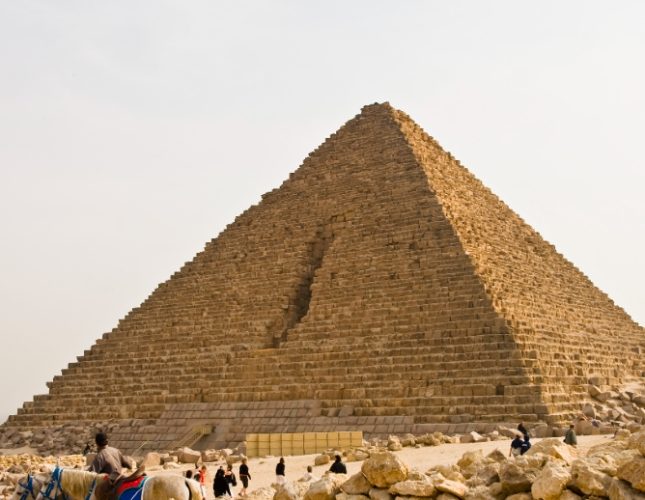
1: Encoded in Stone—The Pyramid's Coordinates Match the Speed of Light
Here’s the fact that still keeps physicists and archaeologists awake:
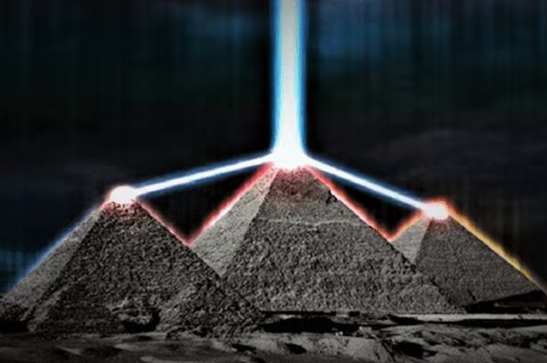
The Great Pyramid’s latitude is 29.9792458°N.
The speed of light, measured in a vacuum, is 299,792.458 km/s.
The numbers are identical.
This isn’t the only mathematical Easter egg hidden in its dimensions:
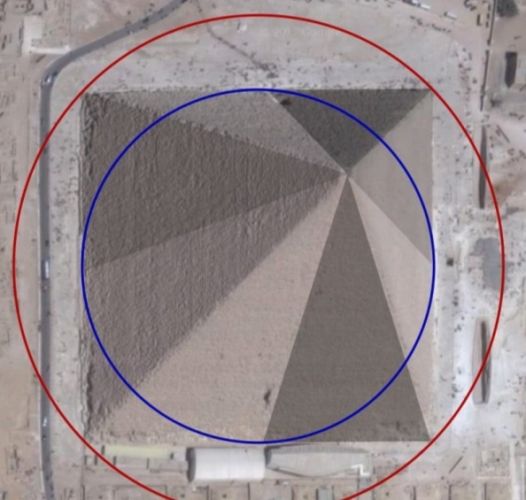
Its perimeter divided by its height gives 2π—accurate to 99.9%
It incorporates the golden ratio φ (1.618) in its chamber layout
Its sides mirror Earth’s hemispheric dimensions on a scale of 1:43,200
Scholars remain split: Are these cosmic clues left by a lost civilization? Or proof that the builders understood universal constants millennia before we gave them names?
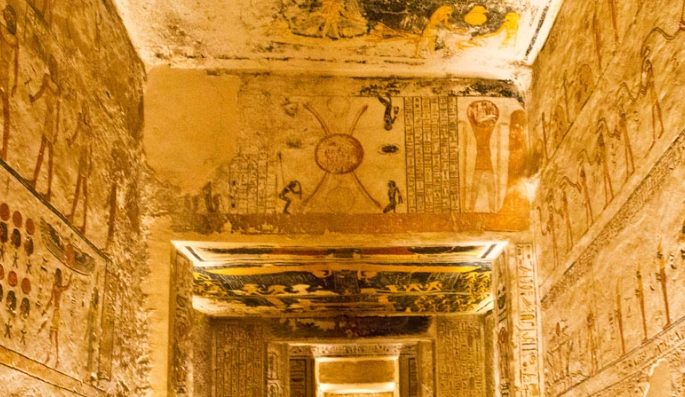
If the Great Pyramid was more than a tomb—what was it really built for? A temple, an observatory, a message to the future?
Perhaps, as one inscription suggests, "When the stars align once more, the stone will speak."
